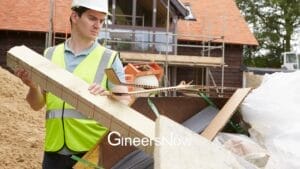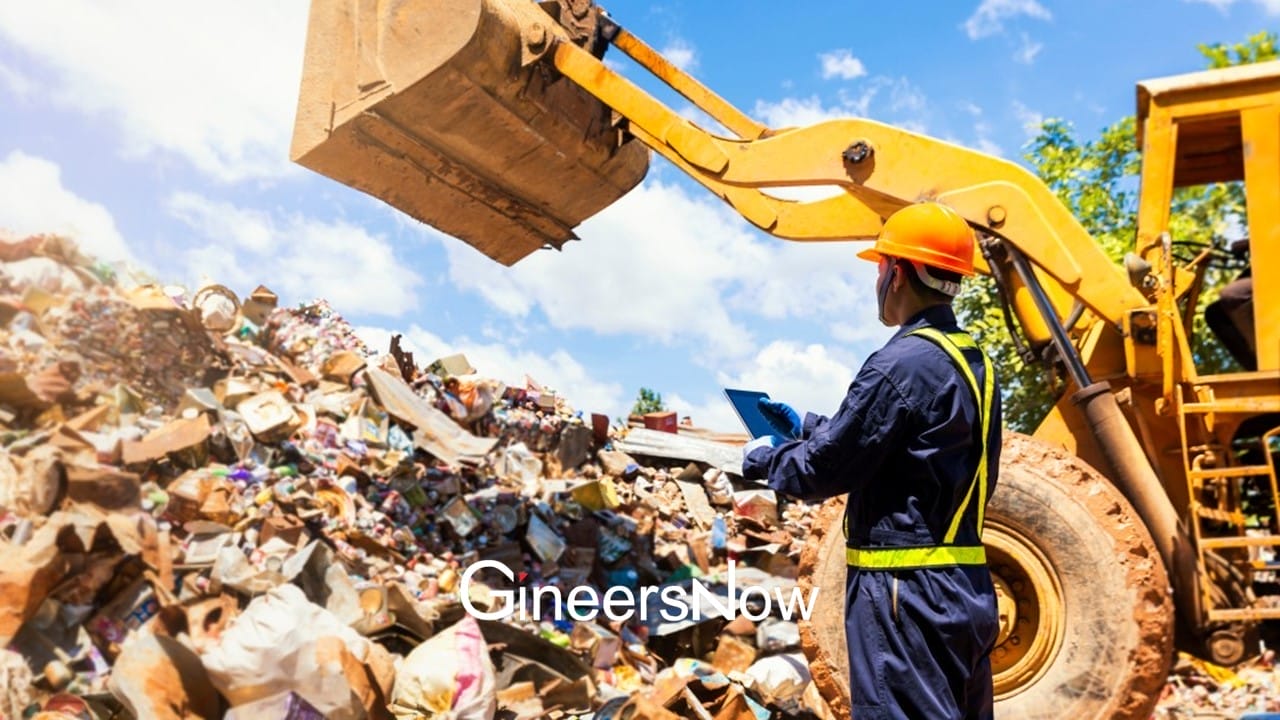So, your construction project is finally complete – congratulations! But wait, what about all that leftover waste? Managing this heap effectively is not just about ticking boxes for compliance; it’s also about being responsible stewards of our environment and ensuring your operations run as smoothly as possible. Right after the last nail is hammered in and the final blueprint is rolled up, you’re left with more than just a stunning new structure – piles of waste tell the story of hard work and progress. But let’s not let this story end in a landfill, shall we?
Decoding Construction Waste
First, let’s break down the types of waste we’re dealing with. Think leftover materials, debris, packaging, and sometimes even hazardous stuff. Knowing what you’re dealing with is crucial for managing it right. Each type of waste has its own story and needs its strategy. It’s like sorting laundry: you wouldn’t wash your whites with your reds.
Messy waste management can hurt our planet – think pollution and wasted resources. Plus, getting thoughtful about waste can save you money. Who doesn’t love a win-win situation? Think of it this way: every piece of material recycled is a bit of cash saved and a step towards a greener earth.
Smart Sorting and Segregation
It all starts where the waste is created. Sorting it right there on the construction site can make a world of difference. You’ll want different piles for different materials – metals here, woods there, plastics over there. It’s like setting up a mini recycling center on your site and a game-changer for efficiency.

Construction Site Cleaning Tools and Machinery
Construction sites can generate a significant amount of debris and waste materials. To ensure a safe and organized working environment, it is essential to have appropriate cleaning tools and machinery on site. These tools and machinery not only facilitate the cleaning process but also contribute to maintaining a high level of efficiency and productivity. In this section, we will explore some common construction site cleaning tools and machinery that are widely used in the industry.
1. Brooms and Dustpans
Brooms and dustpans are basic yet essential tools for cleaning construction sites. They are used to sweep and collect debris, dust, and small particles from surfaces such as floors, sidewalks, and roads. Brooms with sturdy bristles and dustpans with wide openings are preferred for efficient cleaning.
2. High-Pressure Washers
High-pressure washers, also known as power washers, are powerful cleaning machines that use pressurized water to remove dirt, grime, and stubborn stains from various surfaces. They are particularly useful for cleaning heavy equipment, vehicles, walls, and concrete surfaces. High-pressure washers can save time and effort compared to traditional cleaning methods.
3. Self-Dumping Hoppers
Self-dumping hoppers are another useful tool for efficient waste management on construction sites. Self-dumping hoppers are designed to easily collect and transport debris and waste materials. They have a hinged bottom that allows for easy dumping of the contents into larger waste containers or trucks. Self-dumping hoppers provide a convenient and time-saving solution for disposing of construction waste while maintaining cleanliness and organization on the site.
5. Industrial Vacuums
Construction sites often produce fine dust and hazardous particles that can pose health risks to workers. Industrial vacuums equipped with HEPA filters, are designed to effectively capture and contain such particles. These vacuums are capable of handling large volumes of debris and can be used for both wet and dry cleaning tasks.
5. Ride-On Sweepers
For more significant construction sites, ride-on sweepers offer an efficient and time-saving solution for cleaning large areas. These machines are equipped with brushes and vacuum systems that can sweep and collect debris in a single pass. Ride-on sweepers are particularly useful for cleaning parking lots, warehouses, and expansive construction sites.
Sustainable Disposal: The Next Steps
Have you gathered all your waste? Great! Now, let’s dispose of it responsibly. This means finding ways to recycle and ensuring any nasty hazardous waste is treated with the care it deserves. It’s like wrapping up a gift: the presentation (or, in this case, the disposal method) is just as important as what’s inside.
Lots of construction materials can live a second life. Recycling metal, concrete, and wood helps the planet and reduces the need for new resources. It’s a circle of life thing – what was once a part of a building can be transformed and start anew.
Hazardous waste needs kid gloves. Keep it separate and follow local laws to avoid harming the environment. It’s like handling delicate glassware – one wrong move can go south quickly.
Conclusion
Managing the waste after wrapping up a construction project is more than cleaning up. It’s about caring for our environment and being efficient in our work. Understanding your waste, using innovative tools with up-to-date technology, and sticking to sustainable disposal practices can make a huge difference. Remember, it’s not just about following rules; it’s about proactively protecting our resources and ensuring our planet stays healthy. Handling construction waste can be seamless, safe, and kind to Mother Earth with the right approach. So, the next time you wrap up a project, take a moment to think about the waste you’re leaving behind. It’s not just trash; it’s an opportunity to make a positive impact.














